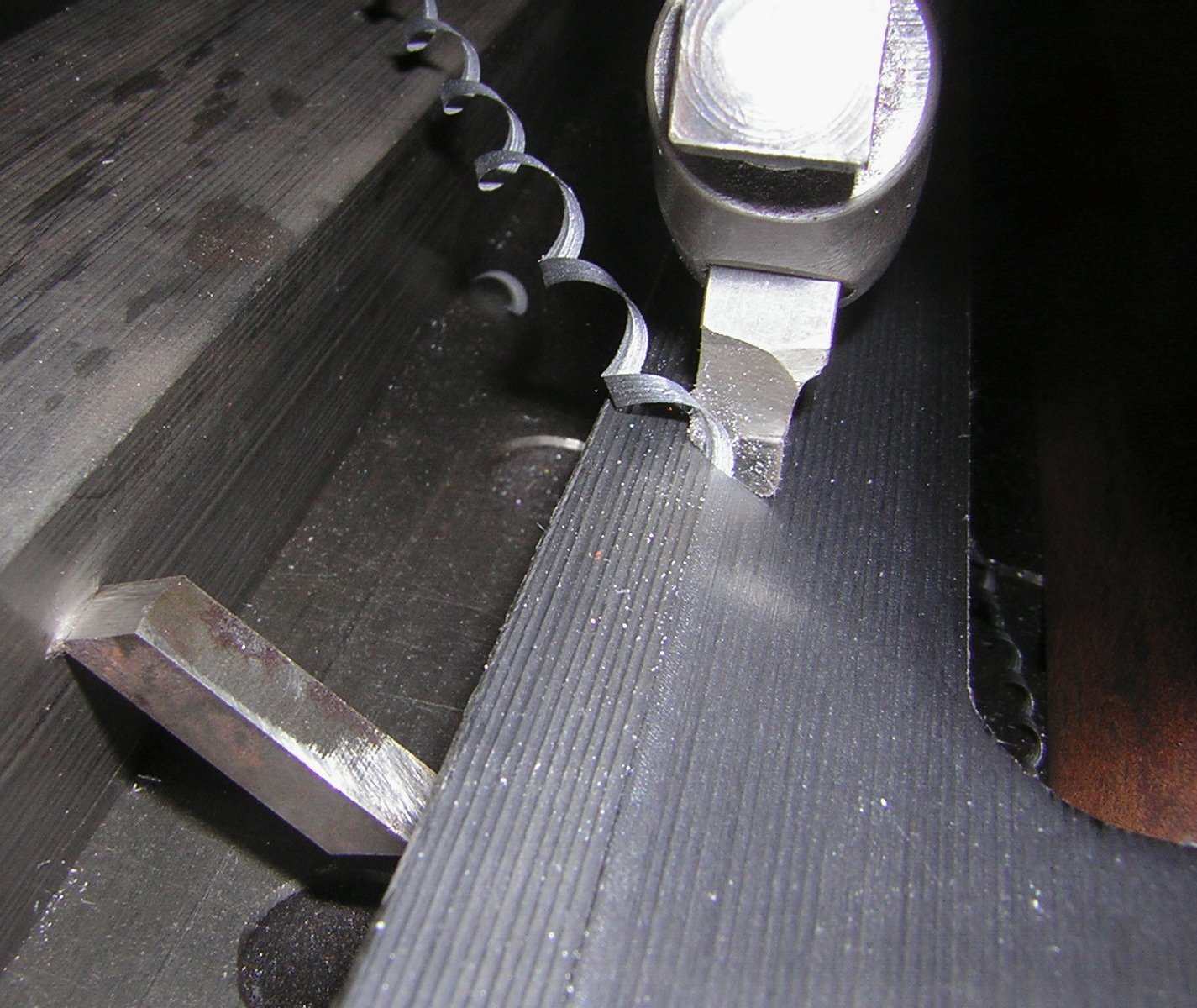What precision tolerance levels can be achieved for various machining processes?
We deal with machining every day. Do you know what precision tolerance levels can be achieved in turning, milling, planing, grinding, drilling and boring?
Tolerance level refers to the level that determines the degree of dimensional accuracy. The national standard stipulates that it is divided into 20 levels, from IT01, IT0, IT1, IT2 to IT18. The larger the number, the lower the tolerance level (processing accuracy), and the allowable variation range of size (tolerance The larger the value), the less difficult it is to process.
Product parts require different processing accuracy depending on their functions, and the selected processing forms and processing techniques are also different. This article introduces the machining accuracy that can be achieved by several common processing forms such as turning, milling, planing, grinding, drilling, and boring.
01 Turning
The workpiece rotates and the turning tool moves linearly or curvedly in the plane during cutting. Turning is generally performed on a lathe to process the internal and external cylindrical surfaces, end surfaces, conical surfaces, formed surfaces and threads of the workpiece.
The turning accuracy is generally IT8~IT7, and the surface roughness is 1.6~0.8μm.
1) Rough turning strives to use large cutting depth and large feed rate to improve turning efficiency without reducing the cutting speed, but the machining accuracy can only reach IT11, and the surface roughness is Rα20~10μm.
2) For semi-finishing and finishing turning, try to use high speed and smaller feed and cutting depth. The processing accuracy can reach IT10~IT7, and the surface roughness is Rα10~0.16μm.
3) High-speed precision turning of non-ferrous metal parts using finely ground diamond turning tools on a high-precision lathe can achieve a processing accuracy of IT7~IT5 and a surface roughness of Rα0.04~0.01μm. This kind of turning is called "mirror turning".
02 Milling
Milling refers to the use of rotating multi-edged tools to cut workpieces, and is a highly efficient processing method. Suitable for processing flat surfaces, grooves, various forming surfaces (such as splines, gears and threads) and special shaped surfaces of molds, etc. According to whether the main movement speed direction during milling is the same as or opposite to the feed direction of the workpiece, it is divided into down milling and uphill milling.
The machining accuracy of milling can generally reach IT8~IT7, and the surface roughness is 6.3~1.6μm.
1) The processing accuracy during rough milling is IT11~IT13, and the surface roughness is 5~20μm.
2) The processing accuracy during semi-finishing milling is IT8~IT11, and the surface roughness is 2.5~10μm.
3) The processing accuracy during fine milling is IT16~IT8, and the surface roughness is 0.63~5μm.
03 Planning
Planing is a cutting processing method that uses a planer to make horizontal and relatively linear reciprocating motions on the workpiece. It is mainly used for the shape processing of parts.
The planing precision can generally reach IT9~IT7, and the surface roughness is Ra6.3~1.6μm.
1) The rough planing processing accuracy can reach IT12~IT11, and the surface roughness is 25~12.5μm.
2) The processing accuracy of semi-precision planing can reach IT10~IT9, and the surface roughness is 6.2~3.2μm.
3) The precision of fine planing can reach IT8~IT7, and the surface roughness is 3.2~1.6μm.
04 Grinding
Grinding refers to a processing method that uses abrasives and abrasive tools to remove excess material from the workpiece. It is a finishing process and is widely used in the machinery manufacturing industry.
Grinding is usually used for semi-finishing and finishing, the accuracy can reach IT8~IT5 or even higher, and the surface roughness is generally 1.25~0.16μm.
1) The surface roughness of precision grinding is 0.16~0.04μm.
2) The surface roughness of ultra-precision grinding is 0.04~0.01μm.
3) The surface roughness of mirror grinding can reach less than 0.01μm.
05 Drilling
Drilling is a basic method of hole machining. Drilling is often performed on drill presses and lathes, but can also be performed on boring machines or milling machines.
The machining accuracy of drilling is low, generally only reaching IT10, and the surface roughness is generally 12.5~6.3μm. After drilling, enlarging and reaming are often used for semi-finishing and finishing.
06 Boring
Boring is a cutting process that uses a tool to enlarge the inner diameter of a hole or other circular contour. Its application range generally ranges from semi-roughing to finishing. The tool used is usually a single-edged boring tool (called a boring bar).
1) The boring accuracy of steel materials can generally reach IT9~IT7, and the surface roughness is 2.5~0.16μm.
2) The processing accuracy of precision boring can reach IT7~IT6, and the surface roughness is 0.63~0.08μm.






